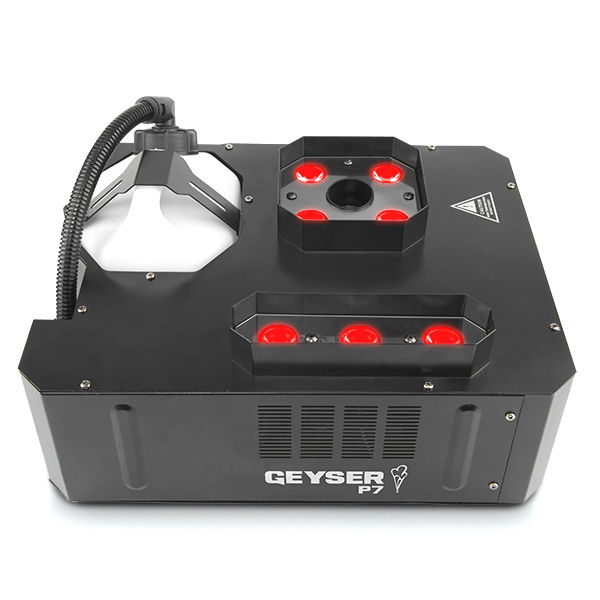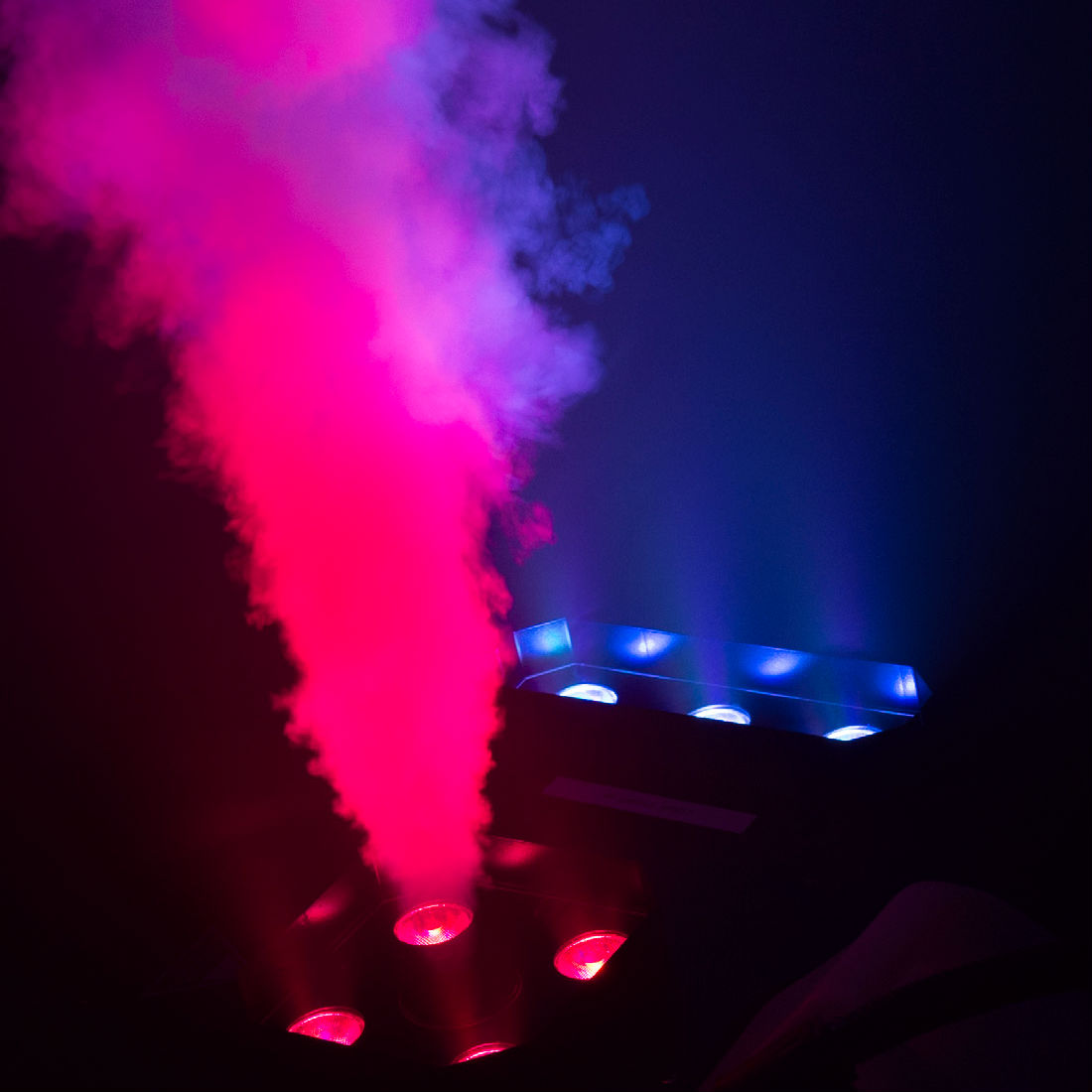The Sweet Taste of...Confetti?!
The tradition of throwing confetti at the bride and groom at a wedding dates back to the days of Ancient Rome. The earliest form of confetti would have been wheat or other grains thrown at a couple to encourage fertility. Over time, fancier variations on this theme developed, including the use of rose petals and nuts. In Italy today, the word confetti is used only to describe confectionary treats consumed at weddings and other celebratory feasts. Classic Italian confetti consists of nuts (usually almonds) that have been peeled and then sugar-coated, in America we know these candies as "Jordan almonds." The modern Italian word for what we would think of as confetti is 'coriandoli.'
Of course, we use confetti today to celebrate more than just weddings. Graduations, birthdays and anniversaries, or almost any other festive occasion can cause us to break out the confetti. We've found many new and interesting ways to "throw" it, as well. One such method is the confetti drop where confetti is loaded into a bag or net suspended above the crowd. Often the bag is made with a loose stitch running down the center ending in a cord that runs to the floor. At the proper moment, the operator pulls the stitch, opening the bag and raining confetti down onto the crowd. Another popular version is the snow bag, so named for its use on stage to create a falling snow effect. The snow bag is a piece of canvas or muslin with slits cut down the middle. The material is hung between two pipes and loaded with the confetti or snow. When one of the pipes is raised and lowered, the slits in the fabric open up allowing some of the confetti to fall through. This creates a subtler and longer-lasting effect than the traditional confetti bag.
Some artists forego the bag altogether and put the confetti inside balloons. The benefit is that the balloons can be worked into the decorations of the event. At the right moment, the balloons can be burst with small explosive charges and the confetti is released. This makes for a very dramatic end to a event.
My personal favorites however, are the confetti cannons and they come in many styles. The Ultra Confetti Launcher we're featuring in this week's special is a great effect for an artist looking to create a small burst of confetti on stage. The cannon is first loaded with two sheets of flash paper and flameproof confetti is poured in on top. A Surefire Igniter is then used to ignite the flash paper; as the paper burns, the gasses it produces build up behind the confetti until it's launched out of the cannon. While this method doesn't produce as big a shot as our CO2-powered cannons, it's often enough for a magician or director who wants a quick burst of confetti to enhance an appearance or entrance.
If you're planning to use the Ultra Confetti Launcher, bear in mind that it uses igniters that need 110V of AC power to fire. This means that you'll need access to a standard electrical outlet and a switch to control the power to the device. Our Ultra 2 Footswitch and Ultra 4-way Firing Panel both work very well as controllers for the Ultra Confetti Launcher. If you don't think you'll have access to an outlet, or if you want a cannon with a built-in controller, consider the Electronic Confetti Launcher (#MA03). This device uses two "AA" batteries to power a glo-plug that, in turn, ignites the flash paper. While this device does seem to provide an "all-in-one" solution the built-in footswitch can only be located up to six feet away from the cannon, usually requiring the performer to set off the effect himself.
Whether you use the Ultra or Electronic Confetti launcher, you'll want to stock up on a variety of confetti to shoot. Our traditional confetti works very well in these devices, as does our silver mylarfetti. As long as it's flameproof and reasonably small, you should be able to fire it from either of these cannons. Just don't use the Jordan almonds, they're much better on the reception table in the lobby.
*********************************************
Theatre Effects Customer Service Department
service@theatrefx.com
www.theatrefx.com
Theatre Effects, 1810 Airport Exchange Blvd. #400, Erlanger, KY 41018
Phone: 1-800-791-7646 or 513-772-7646 Fax: 513-772-3579









